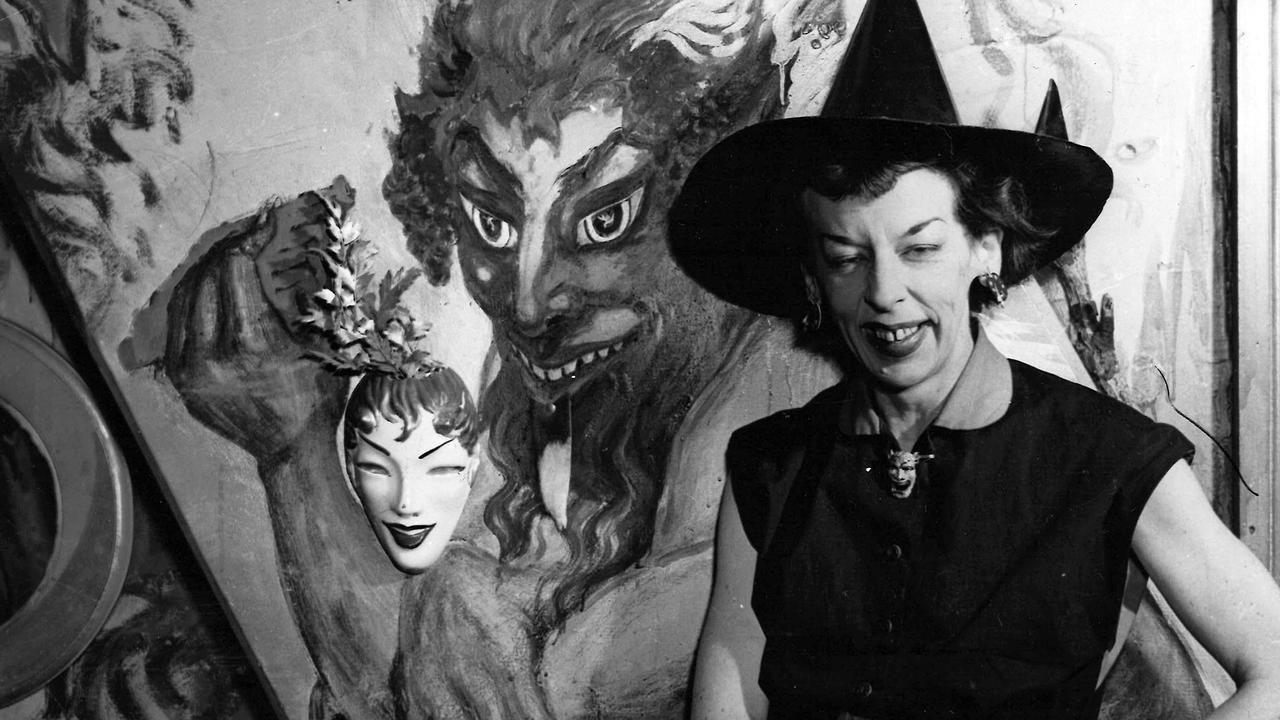How a serial killer dubbed the Schoolgirl Strangler terrorised Melbourne
When a wave of young girls was abducted and murdered in broad daylight in the 1930s, no-one suspected doting family man Arnold Sodeman was to blame.

In Black and White
Don't miss out on the headlines from In Black and White. Followed categories will be added to My News.
It was a sunny Saturday afternoon when 12-year-old Mena Griffiths was lured from a playground in South Yarra’s Fawkner Park by a stranger.
Mena’s body was found the next day about 10km away in an abandoned house in Ormond, flat on her back, arms crossed over her chest, and part of her ripped petticoat stuffed in her mouth.
Her brutal murder was the first of a 1930s killing spree by a serial killer who came to be known as the Schoolgirl Strangler.
The killer is the subject of the latest episode of the In Black and White podcast on Australia’s forgotten characters, available today.
The chilling story is told in a new book called The Schoolgirl Strangler by Melbourne author Katherine Kovacic.
“He was the ultimate bogeyman, a real parent’s nightmare, because he managed to almost make his victims disappear from in front of crowds, there one minute, gone the next, and without anybody seemingly seeing anything,” Katherine says.


Only two months after the first murder, the serial killer abducted and killed 16-year-old Hazel Wilson close to her Ormond home, again strangling her and stuffing a piece of her clothing into her mouth.
The killer waited four years to strike again, luring away 12-year-old Ethel Belshaw after she bought herself an ice cream at a New Year’s Day beach carnival in the seaside town of Inverloch.
Eleven months later, the Schoolgirl Strangler killed his final victim, six-year-old June Rushmer, who vanished after playing with friends at a park near home in the quiet town of Leongatha.


All four girls had been strangled, with pieces of their own clothing stuffed in their mouths, held in place with a gag also made from the girl’s own clothing.
A series of police bungles allowed the serial killer’s reign of terror to continue so long, and it was only through sheer luck that he was finally caught.
An astute worker on a road crew became suspicious when his workmate Arnold Sodeman reacted with uncharacteristic anger when another worker joked that he’d seen him on his bike near the crime scene.
The man reported the incident to police as it was so unlike Sodeman, a usually calm and well-mannered family man, and he was arrested and questioned.
“In classic killer style, this was one of those men who was a quiet man, an ordinary man, a good neighbour, a married man,” Katherine says.
“He had a young daughter of his own, an eight-year-old, and they’d lived in Leongatha for several years.
“He was, to all intents and purposes, a Mr Average, not someone you would suspect of being a killer.”


Sodeman eventually confessed to all four murders – later explaining he had an “irresistible urge to kill”.
It was strongly argued that Sodeman was mentally ill and should not be hanged, but Katherine says the evidence does not support the claim.
“I think he was a psychopath, or I think we’re supposed to say anti-social personality disorder, so I think his brain was wired differently,” she says.
“But being a psychopathic serial killer is a label, it’s certainly not an excuse. I don’t think he was mentally ill in the sense that they were trying to claim, that he either didn’t know what he was doing or was having these brain fogs.
“I think he was quite aware of what he was doing and he quite enjoyed what he was doing.”
Sodeman was hanged at Pentridge Prison in Coburg in 1936.
LISTEN TO THE INTERVIEW ABOUT THE SCHOOGIRL STRANGLER WITH AUTHOR KATHERINE KOVACIC IN THE IN BLACK AND WHITE PODCAST ON ITUNES, SPOTIFY OR WEB.
See In Black & White in the Herald Sun newspaper Monday to Friday for more stories and photos from Victoria’s past.




